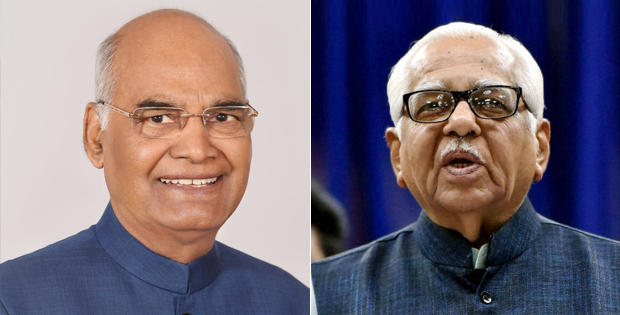Achievements can’t be realized without disciplined efforts, especially if achievement is as big as nation-building; that too of the Indian magnitude. Therefore, the forefathers of Indian freedom decided to shape a rulebook that helps the future generations govern this nation in a better way. That’s how the written Constitution of India was shaped between 1947 and 1950.
The Indian constitution is one of the marvels of public life where all the best remedies were provided for all the authorities to function in a great rhythm. The president of India, the Prime minister of India, and the Chief Justice of India are the three supreme authorities.
Since it’s a union of India, we have adopted a federal structure where the states have some of their own rights and some are governed by the Union Government. Therefore, the state has a representative from the Union in the form of the Governor, who is responsible to the president of India.
There is no comparison of powers between the President and the Governors. The President of India is the chief of Indian Forces, whereas the governor has no such status.
Governor is subjected to act on the advice of the council of ministers at the state level, whereas the president of India can set aside the decisions of the Union council of the ministers.
Governors can never think of impeaching the state government, but only can send the recommendations to the Union government. However, the President of India can constitutionally initiate the process of impeaching the prime minister of India or can take action against the Chief Justice of India.
However, there are some contradictory provisions as well. Technically speaking, a governor, when recommends “president rule”, he becomes the suo-moto chief of the state. Such situation can never arise at the union level, where a president can be head of the government as well.
Article 163 (1) allows the governor to use his discretionary powers despite the decision of the council of ministers of the state. He can set aside any bill passed by the state assembly and may not send for the assent of the President.
Comparatively, the President does not have such discretion as he can only once send the bill back to union government for reconsideration. However, if union government sends the bill back to the president in the same form, President is bound to give his assent.
Who is more powerful and who is not isn’t the question when it comes to Indian constitution as responsibility and authority of each position are well defined except in a few cases where a judgment of the government of India is paramount.











































